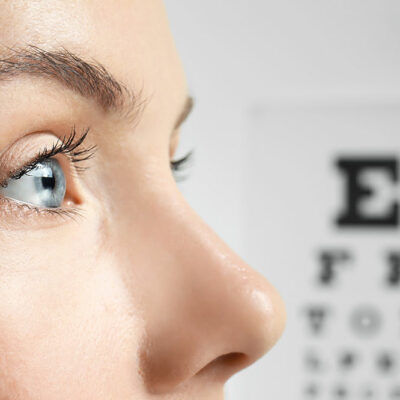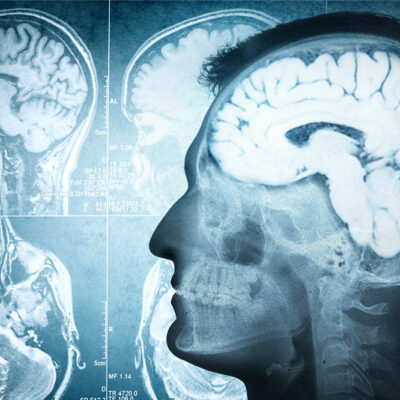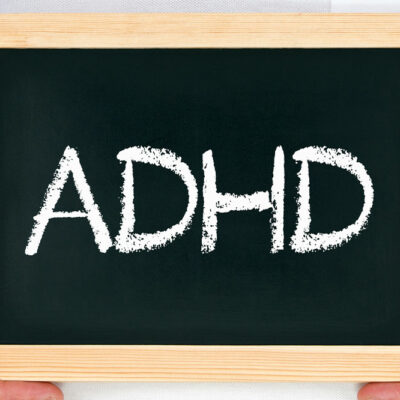
health
A comprehensive guide on hearing aids
Hearing loss can be sensorineural, conductive, or a combination of both. The type of hearing loss determines whether a person has lost his/her hearing ability completely or partially. Once the hair cells in the inner ear are dead, they can’t be treated, and the ability to hear is permanently lost. Regardless of the type of hearing impairment, a person can utilize hearing aids to help hear better. These aids significantly improve hearing ability by amplifying sounds so that it reaches your inner ear. Read on to know more about hearing aids. What are hearing aids? Hearing aids are wearable, sound-amplifying devices designed to help people with complete or partial hearing loss. Hearing aids have a microphone that picks up sounds, an amplifier that increases sound levels, and a receiver that conducts sounds to the inner ear. Hearing aids differ by the technology used to amplify the sound, analog or digital, their various designs, and distinctive features. Some aids come with earmolds or earpieces that direct the sound flow inside the ear canal and improve sound quality. Before choosing a particular aid, it is recommended that the individual consult an audiologist to understand the severity of hearing loss. Analog vs. Digital hearing aids Although not as popular as digital hearing aids today, analog hearing aids are still available and offer quite a few benefits.




















